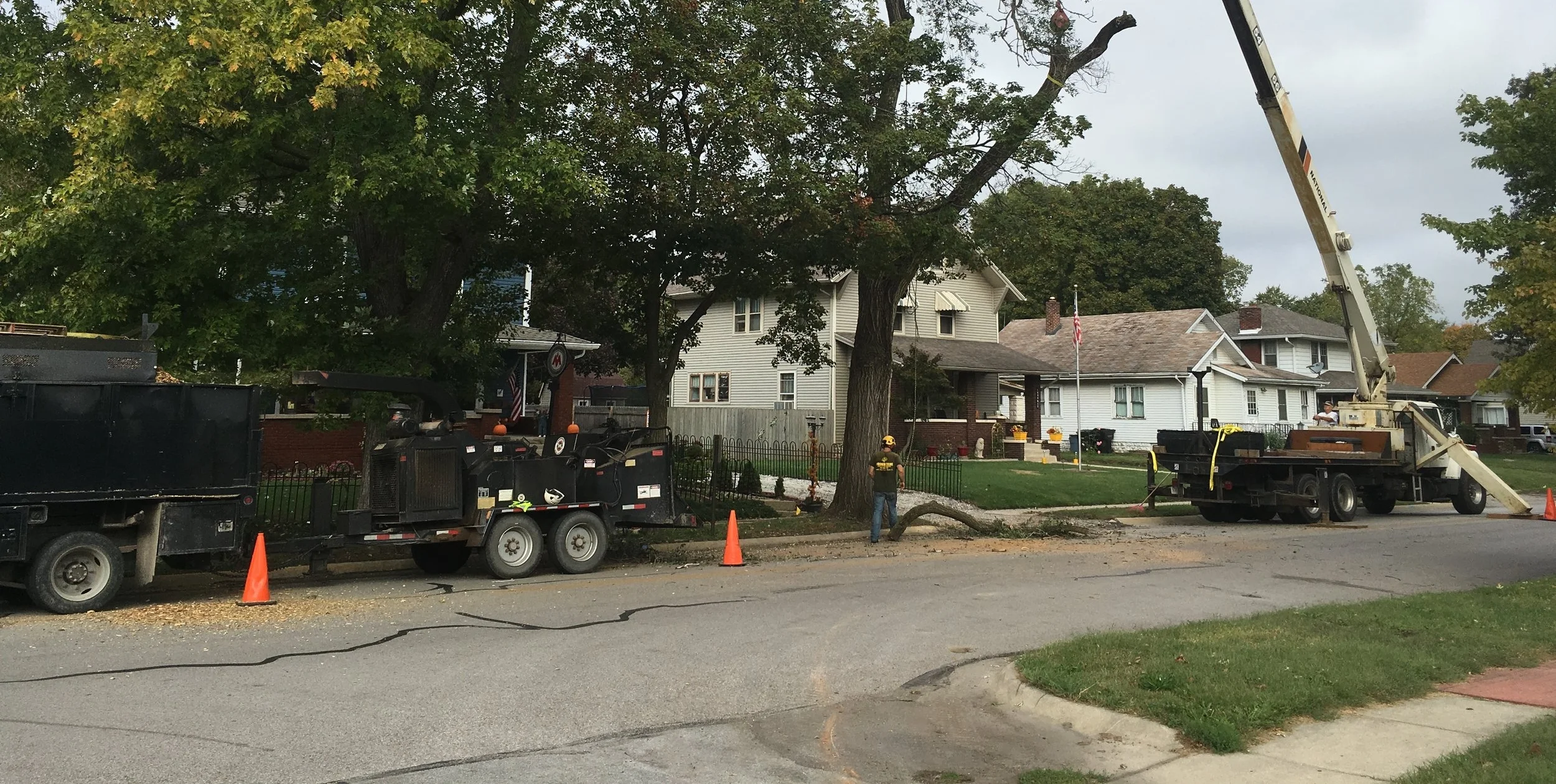Why a licensed and insured tree service should be the only tree service working on your property!
/When you are looking for a contractor to work on your property, you probably always make sure they are licensed professionals. Whether it be a licensed plumber or electrician, customers seek professionals with proper credentials, because it shows they are educated, trained and dedicated to their profession. Customers should have the same expectations when they hire a tree service.
“Certified Arborists are individuals who have achieved a level of knowledge in the art and science of tree care through experience and by passing a comprehensive examination developed by some of the nation’s leading experts on tree care.” (ISA)
“Finding a qualified tree service is important protection for the tree owner. Often, less credible tree companies follow storms for a “quick buck” and move out of town as fast as the storm. Knowing how to hire a reputable arborist can help prevent becoming a victim all over again.” (Purdue University)
There are several ways to ensure you are thorough when choosing a tree service. Purdue University’s February 2018 Landscape report provided the following recommendations:
· Ask if the arborists on staff hold an ISA certification.
· Ask about membership in professional organizations such as the International Society of Arboriculture (ISA) and/or one of its chapters.
· Check the local yellow pages directory or newspaper for arborists who list themselves as ISA Certified and/or state licensed arborists or who display the official logos of professional membership.
· Ask for proof of insurance, and then verify coverage with the insurance company.
· Ask for references from past customers, and do not hesitate to check them or to visit the locations where the company or individual has done tree care work.
· Do not be afraid to ask for an estimate, and remember that it is okay to get more than one. You should not always select the lowest bid.
Remember that utilizing a licensed and insured tree service is worth the price to avoid further damage to your property and your trees. Do your research and find the best company for the job! If you’re looking for a certified and insured arborist in the Lafayette area, contact Browning Tree Service!
Browning Tree Service is a proud member of Indiana Arborist Association and International Society of Arboriculture, serving the West Lafayette and Lafayette, Indiana area for the past 15 years!
Resources:










